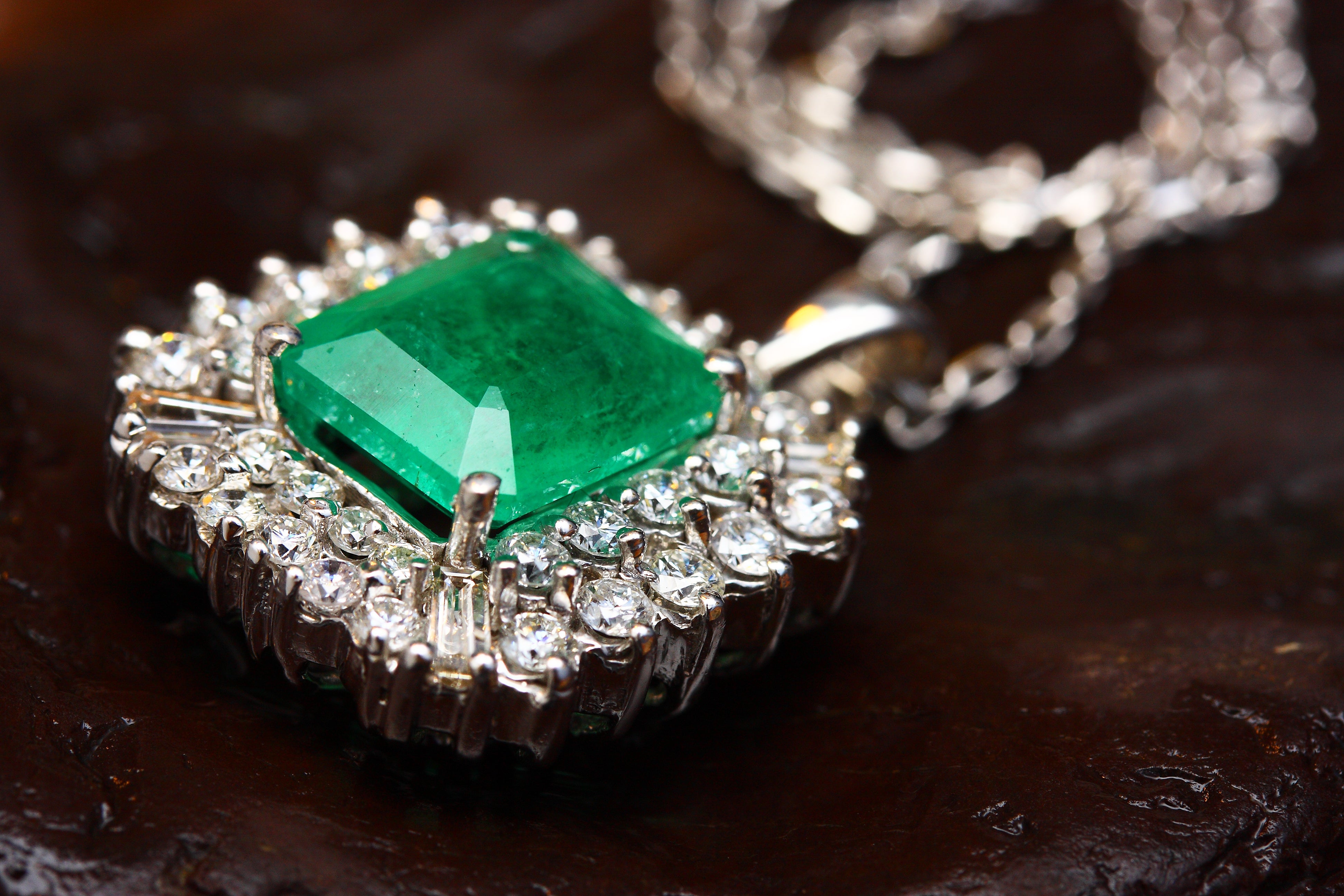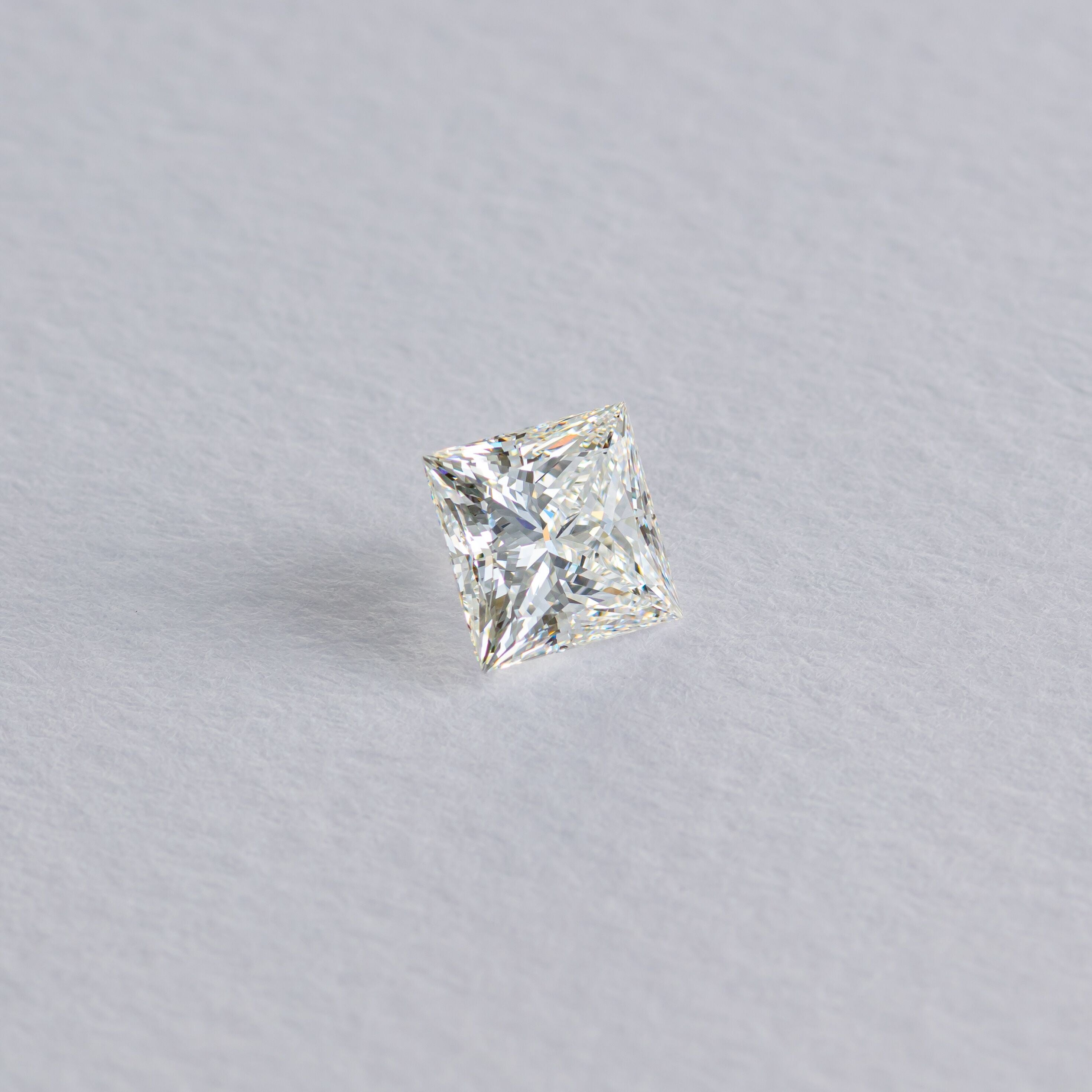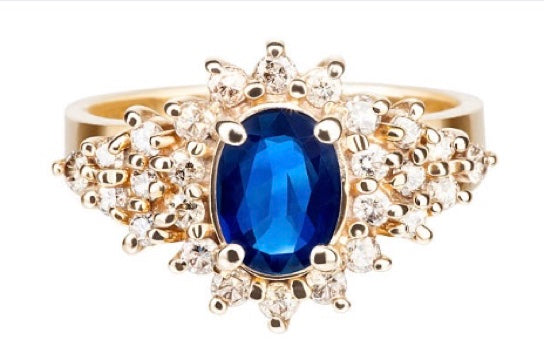
How to choose the best gemstone for your jewellery design
When you are having a piece of jewellery custom made you need to think about how and when you are going to wear it. Is it an engagement ring? Something you wish to wear every day. Or a piece for special occasions only? Is it a true accessory that you use to enhance certain outfits? How do you personally wear your jewellery? Do you remove your rings to wash your hands or do the dishes? Do you take them off when you are cooking? Or do you sleep with them, shower with them, garden in them and marinade them in whatever you’re cooking at the time?
Value
The basic fundamentals that makes a gemstone precious are beauty, rarity, desirability and durability. Most gems will possess a combination of these attributes; however, beauty and desirability may change depending on the audience and the fashion trends of the time. Rarity depends on a range of factors. For example, diamonds are actually quite abundant, however gem-quality diamonds are rare. Zultanite is found and mined only in Turkey’s Anatolian Mountains, however as demand and awareness (desirability) of this gemstone is low, its value is therefore lower as well.
Durability
Of the gemstones that are identified as precious, durability remains as one of the key fundamentals when choosing a gemstone for jewellery. The overall durability of a gemstone depends on three elements: hardness, toughness and stability. Hardness relates to a gemstones ability to resist scratching and abrasion on its surface. It is measured on a scale of 1-10 using the Mohs’ scale. Toughness goes further into the body of the gemstone and how resistant the gemstone is to fracture, breakage or chipping. While there is no exactly measured scale of toughness, gemstone toughness is generally referred to as a range from poor to excellent. Lastly, stability relates to a gemstones ability to resist alteration from such as external factors as chemicals, light and heat, generally relating to cleaning and setting.
Diamond
If you are buying a gemstone for daily use, like an engagement ring, you would ideally go for a gemstone with a hardness of 8 or more on the Mohs’ Scale. There is a reason why diamonds have been the gold standard (excuse the pun) for engagement rings in the past. Diamonds are the hardest gemstones on the planet, being a 10 on the Mohs scale. This resistance to scratching and abrasion means that diamonds will hold their lustre and polish over a longer period of time. However, their toughness is only considered ‘good’ due to the possibility of the crystal structure breaking along the crystal lattice in a fracture known as ‘cleavage’. This can make them brittle. In the majority of cases, the chances of a diamond breaking are very low, however is does happen from time to time and it helps to remember that they are not indestructible.
Sapphire & Ruby
Sapphires have become an increasingly popular option for engagement rings, offering a range of colour options from intense blues, to dreamy romantic peach, earthy greens and cheerful pinks and yellows. Sapphire (and Ruby), are a 9 on the Mohs scale but actually outperform diamonds in terms of toughness due to their crystal structure. They are considered to have excellent toughness, durable enough for every day wear and not easily prone to chipping, cracking or breaking.
Sapphire engagement rings have been made famous by movie stars and royalty. Kate Middleton, the Duchess of Cambridge, brought old school glamour back with her striking blue sapphire engagement ring, originally belonging to Princess Diana. It features a 12-carat oval cut blue sapphire surrounded by a 14 diamond halo in 18k white gold. It is said that Prince Charles gave Diana a selection of rings to choose from for an engagement ring and she chose this sapphire ring from Garrard’s. The choice was contentious at the time because it was a catalogue item in Garrard's range. It was viewed by some in the royal family as a ‘commoners’ ring. This ring is now valued at close to $600,000 and the design is one of the most famous and iconic for an engagement ring ever. See the Collector’s Pieces section of our website for a 12 carat oval sapphire that would be worthy of this ring.
Other precious gemstones
But what if you really love aquamarine? Or emerald? What if you are making yourself something special and only have a limited budget? Or you don’t plan to wear your piece every day?
Precious gemstones such as spinel, aquamarine, emerald, morganite, and tourmaline all make fabulous pieces of jewellery. However with these stones it is important to understand their durability. Aquamarine, morganite and emerald are all species of beryl. Their hardness sits at 7.5 on the Mohs’ Scale, making them a slight bit softer than Sapphire. Aquamarine and morganite have good stability and toughness, making them suitable for daily wear.
Emerald
Emerald is the exception. Emerald is an extremely brittle gemstone and is easily chipped and broken. So much so that many gemstone setters will groan in despair if asked to set an emerald into a ring, such is their propensity to break. But, they are beautiful and emerald lovers often choose to see past their structural weaknesses. Emerald’s reputation for being brittle doesn’t seem to have dampened its value or its popularity. After rubies, top quality emeralds command some of the highest prices in the gemstone trade.
Spinel
Another brilliant and lesser known choice for every day where is natural spinel. This gemstone was overlooked for many years but recently is starting to grow in popularity and value as people begin to appreciate their quality. Spinel has a hardness of 8 on the Mohs’ Scale and toughness is considered to be very good. They come in about as many colours as sapphires, are extremely lustrous and bright, with good clean clarity
Tourmaline
Tourmaline has slightly lower hardness again, 7 on the Moh’s scale. Its toughness is good and the slightly lower cost and beautiful clarity and colours of tourmalines make them a popular choice for rings. However due to the slightly lower hardness, care does need to be taken when wearing and storing as the surface polish can wear down over time.
So which gemstone should you choose? The one that you can’t stop looking at of course! The one that makes you smile every time you catch a glimpse of it. The one that you simply love wearing. Don’t let a number on the Mohs’ scale talk you out of wearing a gemstone that you absolutely love. Jackie Kennedy, Halle Berry and Carrie Symonds all sported emerald engagement rings, despite the stone’s delicate reputation. But do educate yourself on your gemstone’s durability factors. If you choose to wear a tourmaline, maybe don’t wear it on your dominant hand which rifles through your handbag for your keys three times a day.
A knowledgeable jeweller will also give you some setting options and valuable advice to help keep your jewellery in good condition.


